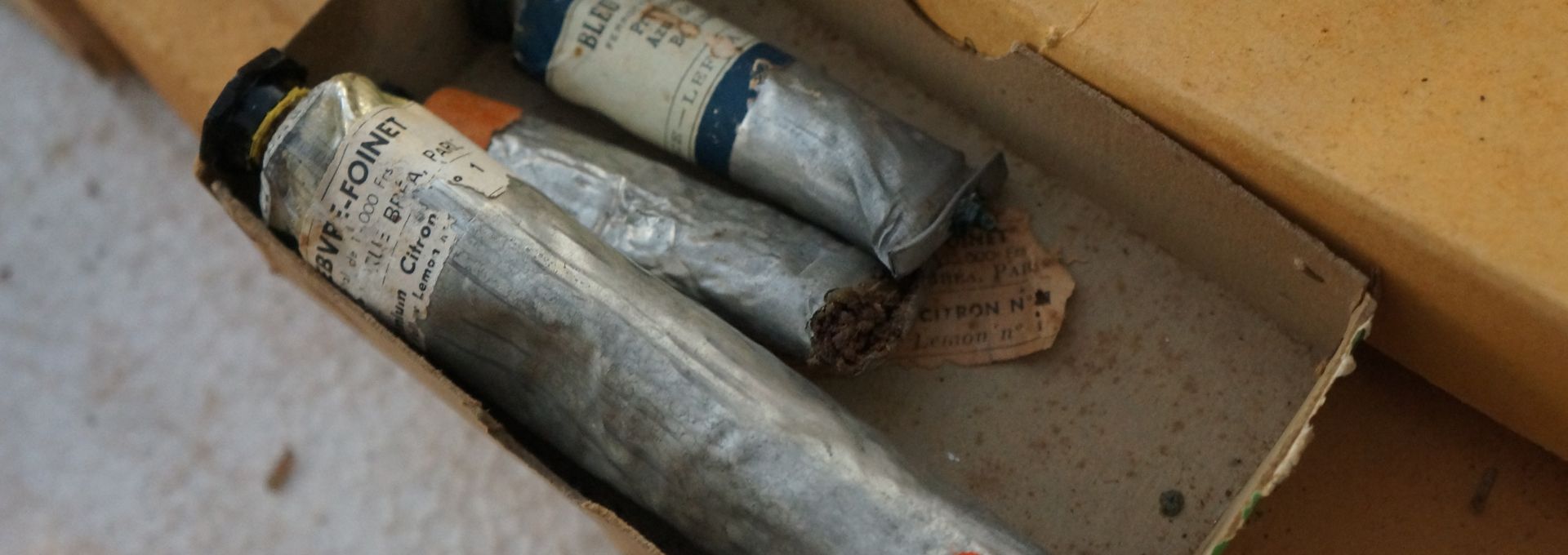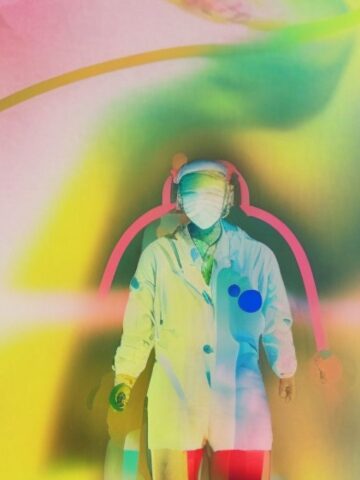A photo from 1978 shows famous Catalan surrealist painter Juan Miró in his Taller Sert, surrounded by his paintings. In the background, the bright, intense yellow of Femme dans le rue (1973), stands out. Fifty years later, that cadmium-based yellow is faded and chalky. The same phenomenon has affected 25 other paintings in the Fundació Miró Mallorca.
The degraded yellow paint used by Mirò is made from cadmium yellow, a modern pigment composed of cadmium sulfide and introduced in the late 19th century. The pigment was used extensively by artists such as Vincent Van Gogh, Pablo Picasso and Henri Matisse. As discovered in recent years, however, this pigment can become unstable, leading to a deterioration of the paint, as in the case of important artworks such as Edward Munch’s The Scream.
The research conducted so far has provided an understanding of the degradation process, but has not completely clarified the latter’s triggering factors. Furthermore, degradation is more evident in paintings dated between the end of the 19th and the beginning of the 20th century, at a time when the methods for synthesising cadmium yellow pigment had not yet been perfected, while Miró’s works were painted in the 1970s, i.e. in a much later period.
The Fundació Miró Mallorca collection therefore represents a unique case study for understanding the deterioration of this particular paint at a later stage in the history of cadmium yellow pigment production. To shed light on the issue, the restorer Mar Gomez Lobon assembled an international team including Italian scientists Daniela Comelli and Marta Ghirardello from the Politecnico di Milano and Francesca Caterina Izzo from Ca’ Foscari University of Venice.
The researchers analysed nine samples taken from the artist’s paintings, paint tubes, and palettes, and used a multi-analytical approach: electron microscopy, X-ray fluorescence at the Grenoble synchrotron, infrared spectroscopy, micro photoluminescence and chromatographic analysis.
The paint’s chemical composition and the crystalline structure of the pigments are the clues that lead the research team to argue that the degraded cadmium yellow came from paint tubes produced by the French brand Lucien Lefebvre-Foinet, a favourite of Miró’s.
Its low crystallinity exposes the pigment to high photo-chemical reactivity. This is one of the main causes of the paint’s vulnerability and can be traced back to the method by which the pigment was synthesised. Such method is, however, unknown, and no historical sources have yet been found,
Daniela Comelli from the Department of Physics
In addition, storage and environmental conditions strongly contributed to the material’s chemical and physical transformation. Samples with the same chemical composition show different levels of degradation, and the best-preserved colour comes from a palette that had remained locked in a drawer for 32 years, protected from light and changes in humidity.
The research was published in the scientific journal Heritage Science. The work of the team will continue with research on other colours of the Lucien Lefebvre-Foinet brand and on paintings containing cadmium yellow that were stored in similar conditions but do not show the same signs of decay.













